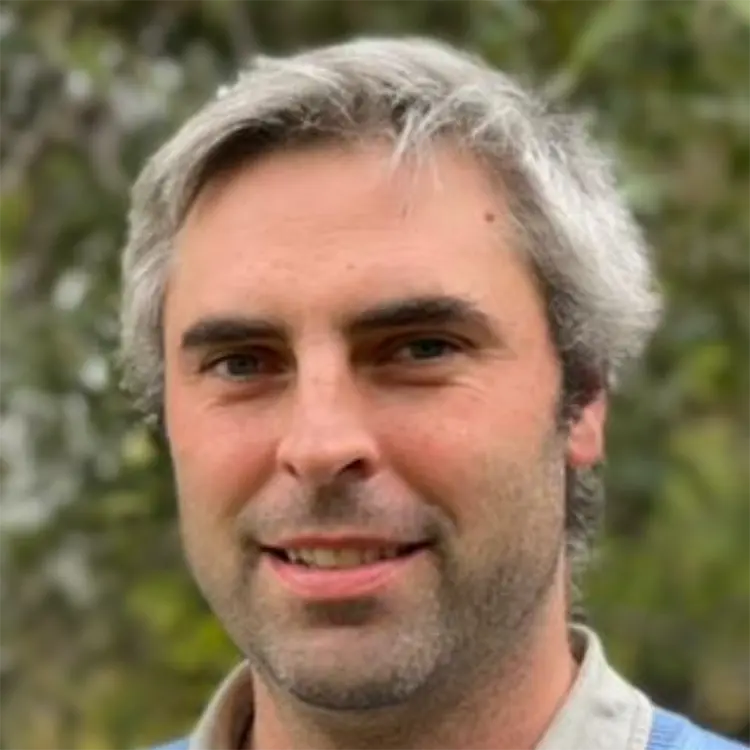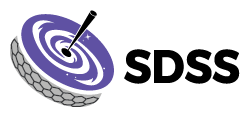
1. Can you describe your role in the SDSS collaboration and what you enjoy most about it?
I’m a staff astronomer at the Carnegie Observatories. I’m based at Las Campanas Observatory in Chile, from where the SDSS project operates its southern hemisphere component. I’m one of the Survey Scientists for the Local Volume Mapper (LVM) program and I led the design and construction of the LVM Instrument (LVM-I) enclosure. What I enjoy the most about SDSS is being able to work with amazing people from all around the world in implementing new and groundbreaking ideas.
2. Can you tell us about your educational background and how you got interested in the field of astronomy/astrophysics?
I’m originally from Chile and I grew up spending my summers in the Atacama desert, so the night sky has always been around for me. I did my undergraduate and masters studies at Universidad de Chile, and then got my Ph.D. at the University of Texas at Austin in the US. After that I was a Carnegie Fellow in Pasadena, before moving back to Chile. Today I work at Carnegie’s Las Campanas Observatory, and I hold an adjunct faculty position at Universidad de Chile, where my research group is based.
3. What projects are you currently working on and what are you most excited about?
My main focus over the last few years has been implementing the LVM and getting it off the ground. The LVM is a very innovative and out-of-the-box project that is producing data in a completely new region of parameter space. After witnessing the nearby-galaxy IFU mapping field evolve over the last two decades, the LVM seems like a major large step forward in our ability to resolve the ionized ISM of galaxies and study the actual physical process that drive galaxy evolution.
4. Can you describe how you balance work and personal life, and what advice would you give to someone just starting in the field?
I have never worked weekends or nights (unless I’m observing or at the mountain). I didn’t do it as a grad student, didn’t do it as a postdoc, and I don’t do it as a senior scientist. I have a wife and three amazing young kids who always come first. My advice to young people in this respect is that you can be a happy successful scientist by working 8-hour weekdays without needing to compromise your personal life. To do so it is important to set good priorities and boundaries, and to effectively manage your time.
5. Can you share with us a unique hobby or interest that you have outside of work?
I love riding adventure motorcycles and doing motorcycle road-trips with my friends. I’ve also been a volunteer firefighter in Santiago since I was in college, which has been one of the most rewarding experiences of my life.
